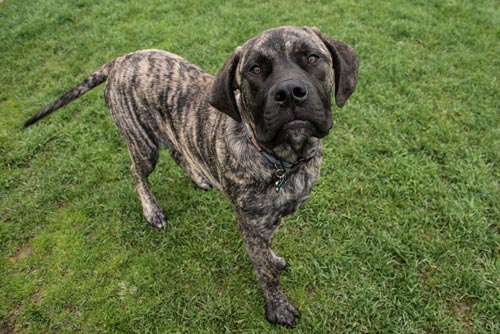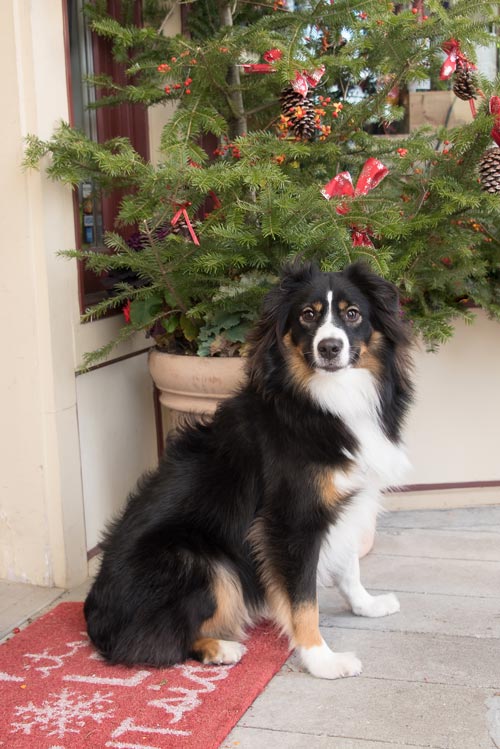Time is Critical When a Pet is Lost
Griffin. Jack. Love. Zig Zag. Loon.
These are just some of the names of lost pets in Maine. Some, like Love and Loon, were reunited with their owners, but some are still missing.
What can a pet owner do when their beloved furry family member is lost?
Stay organized, calm, and prepare to enlist your neighbors in the search.
1. Play Hide & Seek
As soon as you realize your pet is missing, confer with family members or roommates about where they last saw them. Then, do a thorough check of the home, including closets, beds, basement, dark places, and attached buildings. Pour delicious-smelling food into a bowl or squeak a favorite toy to lure your pet out of hiding.
Once you’re sure your pet isn’t in or around your home, take a walk or a slow ride around the neighborhood. Let friends and neighbors know your pet is missing. Find out if they have seen them. Check under porches and shrubs. Ask neighbors to keep an eye on their sheds and garages.
2. Expand Your Search
Start calling around to local veterinarians, animal control agencies, animal shelters, and rescue groups. It’s possible your pet is already in custody and waiting for someone to pick them up.
3. Start Spreading The Word
Still no luck? Now, create a “lost pet” flyer. Again, be consistent with the layout so that no matter who sees it, the information is the same.
The lost pet flyer should include the following:
- A large, bold headline people can read easily, such as LOST DOG or MISSING CAT.
- Under the headline, include a color photo of your pet that shows them, especially if they have distinguishing markings, that reproduces well if photocopied.
- List the age, weight, breed, sex, color, distinguishing markings, features, where, and when they were last seen. Describe your pet accurately and clearly.
- Include your name and two phone numbers:
- Yours
- A friend’s or family member’s
4. Hit The Streets
Take your newly made flyers and a team of helpers to post the flyers. Distribute to dog parks, pet stores, veterinarian’s offices, grooming shops, kennels, commercial businesses, groceries, convenience stores, gas stations, laundromats, lampposts, trees, telephone poles, and anywhere else people congregate. Always ask permission before hanging the flyers.
5. Hit The Internet
Once you hit the streets, send emails about your lost pet to friends, colleagues, and family members. Also, go on Facebook. Ask them to pass on the information to those who might help.
6. Don’t Give Up Hope
Despite what some tell you, it’s important not to give up hope that your pet will come home. It could take a while, but not giving up hope that your pet will return is important.
Lost Pet Prevention
If you’re fortunate not to have experienced the torture of a missing pet, there are things you can do to keep your pet safe and be prepared.
These include:
1. Tag or Microchip
ID tags are important for all pets regardless of if they go outside. The ID tag should have the pet’s name, your name, and a current phone number.
Add even more safety by microchipping your pet. The microchip is a small chip embedded under the skin and contains your pet’s information, your information, and even your vet. If you choose to microchip your pet, keep the records up to date.
Hate The Jingle?
Consider purchasing your pet a collar with their information sewn right in. For example, classic Hound, a Portland-based dog-centric company, offers a product called the “Take Me Home” ID Collar with an engraved buckle on it that contains the pet’s vital info (pet’s name, owner’s name, phone number, and address). Other companies online offer custom collars that contain the pet’s information on them.
2. Keep Your Pet Up-to-Date on Vaccinations
If your pet does get out, they may be exposed to things that can be dangerous to their health. By keeping up-to-date with vaccinations, you protect them at home and elsewhere.
3. Keep Recent Photos of Your Pet on Hand
Whether taken by you or a professional photographer, having recent photos of your pet in a readily accessible place helps if you ever need to get their image out quickly. Full-body photos and portraits work best.
4. Train Them
January is national dog training month. It’s the perfect time to renew your connection with your dog while training some behaviors that keep them safe. The most basic commands, coupled with a trusting relationship with your dog, help them respond readily and prevent accidents.
For More Information on Choosing a Dog Trainer
Visit the Association for Professional Dog Trainers at http://apdt.com/petowners.
This story originally appeared in The Weekly on January 19.




